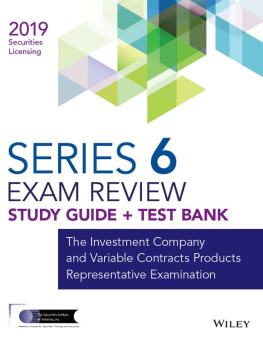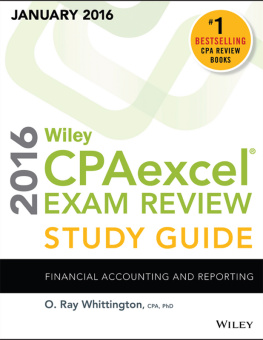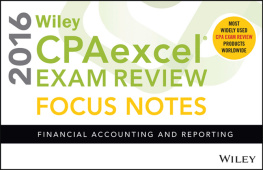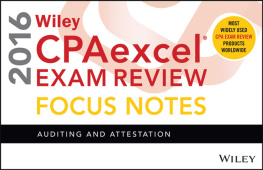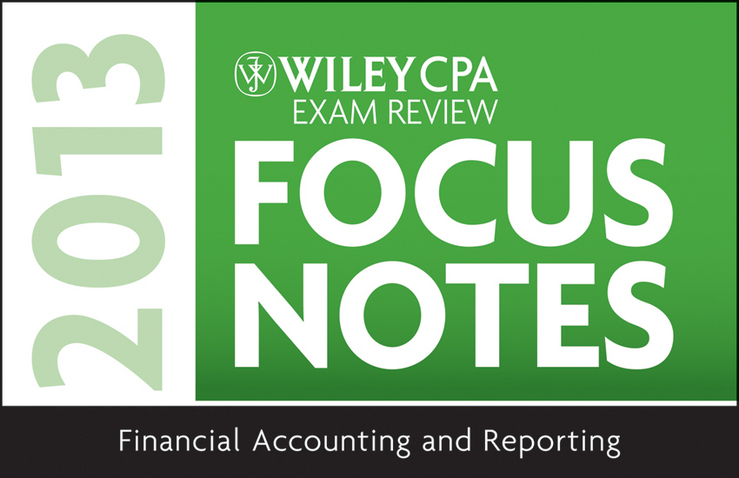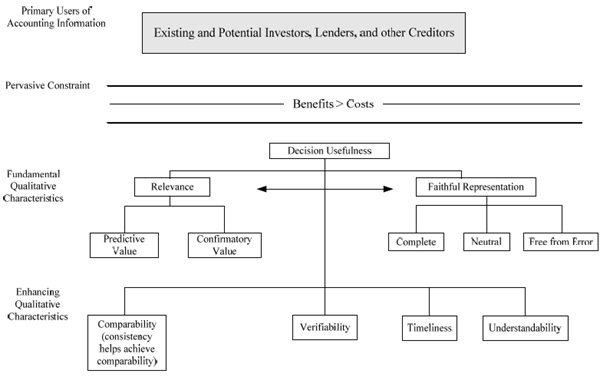CONTENTS

Copyright 2013 by John Wiley & Sons, Inc. All rights reserved.
Published by John Wiley & Sons, Inc., Hoboken, New Jersey
Published simultaneously in Canada.
No part of this publication may be reproduced, stored in a retrieval system or transmitted in any form or by any means, electronic, mechanical, photocopying, recording, scanning or otherwise, except as permitted under Section 107 or 108 of the 1976 United States Copyright Act, without either the prior written permission of the Publisher, or authorization through payment of the appropriate per-copy fee to the Copyright Clearance Center, Inc., 222 Rosewood Drive, Danvers, MA 01923, 978-750-8400, fax 978-750-4470, or on the Web at www.copyright.com . Requests to the Publisher for permission should be addressed to the Permissions Department, John Wiley & Sons, Inc., 111 River Street, Hoboken, NJ 07030, 201-748-6011, fax 201-748-6008, or online at http:wiley.com/go/permission .
Limit of Liability/Disclaimer of Warranty: While the publisher and author have used their best efforts in preparing this book, they make no representations or warranties with respect to the accuracy or completeness of the contents of this book and specifically disclaim any implied warranties of merchantability or fitness for a particular purpose. No warranty may be created or extended by sales representatives or written sales materials. The advice and strategies contained herein may not be suitable for your situation. You should consult with a professional where appropriate. Neither the publisher nor author shall be liable for any loss of profit or any other commercial damages, including but not limited to special, incidental, consequential, or other damages.
For general information on our other products and services, or technical support, please contact our Customer Care Department within the United States at 800-762-2974, outside the United States at 317-572-3993 or fax 317-572-4002.
Wiley also publishes its books in a variety of electronic formats. Some content that appears in print may not be available in electronic books. For more information about Wiley products, visit our Web site at http://www.wiley.com .
ISBN: 978-1-118-41059-2 (paperback); 978-1-118-60749-7 (ebk); 978-1-118-60751-0 (ebk); 978-1-118-60770-1 (ebk)
PREFACE
This publication is a comprehensive, yet simplified study program. It provides a review of all the basic skills and concepts tested on the CPA exam, and teaches important strategies to take the exam faster and more accurately. This tool allows you to take control of the CPA exam.
This simplified and focused approach to studying for the CPA exam can be used:
- As a handy and convenient reference manual
- To solve exam questions
- To reinforce material being studied
Included is all of the information necessary to obtain a passing score on the CPA exam in a concise and easy-to-use format. Due to the wide variety of information covered on the exam, a number of techniques are included:
- Acronyms and mnemonics to help candidates learn and remember a variety of rules and checklists
- Formulas and equations that simplify complex calculations required on the exam
- Simplified outlines of key concepts without the details that encumber or distract from learning the essential elements
- Techniques that can be applied to problem solving or essay writing, such as preparing a multiple-step income statement, determining who will prevail in a legal conflict, or developing an audit program
- Pro forma statements, reports, and schedules that make it easy to prepare these items by simply filling in the blanks
- Proven techniques to help you become a smarter, sharper, and more accurate test taker
This publication may also be useful to university students enrolled in Intermediate, Advanced and Cost Accounting; Auditing, Business Law, and Federal Income Tax classes; Economics, and Finance classes.
Good Luck on the Exam,
Ray Whittington, PhD, CPA
ABOUT THE AUTHOR
Ray Whittington , PhD, CPA, CMA, CIA, is the dean of the College of Commerce at DePaul University. Prior to joining the faculty at DePaul, Professor Whittington was the Director of Accountancy at San Diego State University. From 1989 through 1991, he was the Director of Auditing Research for the American Institute of Certified Public Accountants (AICPA), and he previously was on the audit staff of KPMG. He previously served as a member of the Auditing Standards Board of the AICPA and as a member of the Accounting and Review Services Committee and the Board of Regents of the Institute of Internal Auditors. Professor Whittington has published numerous textbooks, articles, monographs, and continuing education courses.
ABOUT THE CONTRIBUTOR
Natalie T. Churyk , PhD, CPA is the Caterpillar Professor of Accountancy at Northern Illinois University. She teaches in the undergraduate and M.A.S. programs as well as developing and delivering continuing professional education in Northern Illinois Universitys CPA and CIA Review programs. Professor Churyk has published in professional and academic journals. She serves on state and national committees relating to education and student initiatives and is a member of several editorial review boards. Professor Churyk is a coauthor on two textbooks: Accounting and Auditing Research: Tools and Strategies and Mastering the Codification and eIFRS: A Case Approach .
Basic Concepts Module 9
OBJECTIVES OF FINANCIAL REPORTING
Financial statements are designed to meet the objectives of financial reporting:
| Balance Sheet | Direct Information | Financial Position |
| Statement of Earnings and Comprehensive Income | Direct Information | Entity Performance |
| Statement of Cash Flows | Direct Information | Entity Cash Flows |
| Financial Statements Taken As a Whole | Indirect Information | Management & Performance |
Qualitative Characteristics of Accounting Information
IFRS and US Conceptual Framework as converged
| Fundamental characteristics/Decision usefulness | Enhancing characteristics |
| Relevance | Comparability |
| Predictive value | Verifiability |
| Feedback value | Timeliness |
| Materiality | Understandability |
| Faithful representation | Constraints |
| Completeness | Benefit vs. costs |
| Neutrality |
| Free from error |
Elements of Financial Statements

IFRS Elements
A ssets
L iabilities
E quity
I ncome (includes both revenues and gains)
E xpense (includes expenses and losses)
BASIC RULES & CONCEPTS
C onsistency
R ealization
R ecognition
A llocation
M atching
Full disclosure






